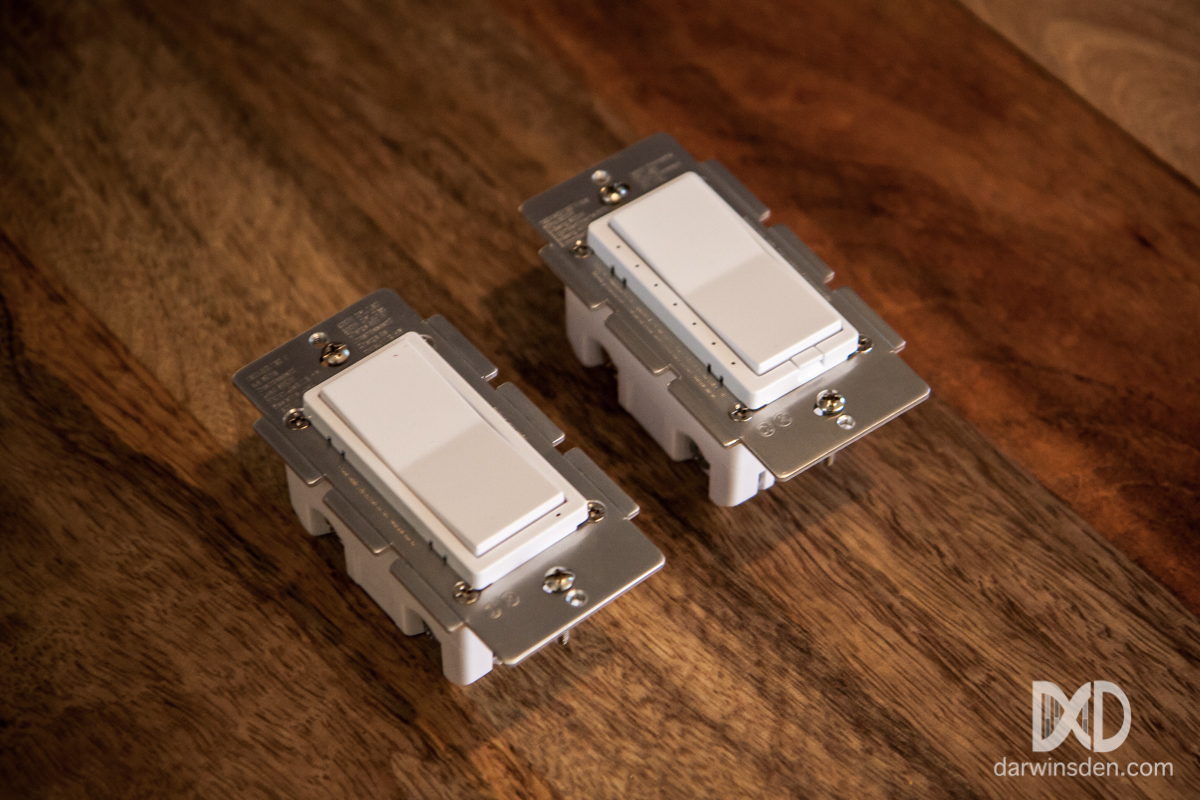
- SMARTTHINGS SMARTAPP CREATE SIMULATED DEVICE CHILD DEVICE HOW TO
- SMARTTHINGS SMARTAPP CREATE SIMULATED DEVICE CHILD DEVICE DRIVER
- SMARTTHINGS SMARTAPP CREATE SIMULATED DEVICE CHILD DEVICE CODE
- SMARTTHINGS SMARTAPP CREATE SIMULATED DEVICE CHILD DEVICE MAC
These will usually be published in the Connected Devices category of the forum, but may be linked directly from the topic for a particular SmartApp that needs that device handler to work properly. Then someone will publish a "custom device type" so that other people can use it. Or a community member comes up with a more efficient way to talk to a particular device. SmartThings provides a bunch of standard device types, as well as specialized device types for devices on the official "Works with SmartThings" list.īut quite often a new device comes along that has features that aren't yet supported in the standard device type. In a home automation system, every connected device needs a device type.
SMARTTHINGS SMARTAPP CREATE SIMULATED DEVICE CHILD DEVICE DRIVER
A printer driver is one kind of device type for a laptop.

It just translates commands from smartapps into the exact format a particular device requires, and vice versa. Instead of controlling what happens when, though, the device type has an even simpler job. Like a smartapp, this is another tiny program. Device Types (Also called Device Handlers) Or ask in the New SmartApp Ideas topic for help if you can't find what you want: See the community-created smartapps area of the forum for some of the most popular smartapps: Many community members enjoy writing custom smartapps, and either share them for others to use or are happy to help write new ones if you have a problem that hasn't already been solved. Whether it's "Let me know if motion sensor 1 goes off before motion sensor 2" or "Change the setpoint on the thermostat based on the lux level in the sitting room," a SmartApp is a way of either using information from a device or controlling that device. SmartApps, including the various functions included in the official SmartThings app, are just tiny programs (written in the Groovy programming language) that handle "Do this when" kinds of situation for one specific device.

What are they? Tiny Programs to decide what a specific device should do when, or to collect the information from a specific device SmartApps and Device Types: What They Are SmartApps

3.1 Different Problems, Different Solutions.
SMARTTHINGS SMARTAPP CREATE SIMULATED DEVICE CHILD DEVICE HOW TO
SMARTTHINGS SMARTAPP CREATE SIMULATED DEVICE CHILD DEVICE MAC
Use something static as the DNI for the child device, such as MAC address.Īvoid making calls from your child devices into the parent if possible, as this can lead to increased latency and unnecessary platform load. Any rela downsides to continuing down this road?įor LAN Service Manager SmartApps, there are a couple items to keep in mind that might not be immediately apparent. My smartapp will not be communicating directly through any LAN protocols. I feel like I’ve learned so much about how ST runs in the background while trying to make this simple smartApp that at the very least, it would help me troubleshoot issues in the future.ĮDIT: see below from documentation: does this ONLY apply to LAN Service Managers. I realize the above shows how much of a novice I am to this. Preferences in a handler? You can pass commands beyond a “sendEvent” to the smartApp? This opens up so many more options, I may have to reconsider half my code. I know this is something silly but reading through documentation is not your devicetype is changing what I thought was possible.

Subscribe(childDevice, "status", setSonosStatus)Īnd subscribe to newName events, the connection is made between the app and the device. Subscribe(childDevice, "level", setSonosVolume) VMPlayer is a text string input by the user in the preferences and is used to set the childdevice’s label and name.ĭef childDevice = getAllChildDevices()?.find ", null, )
SMARTTHINGS SMARTAPP CREATE SIMULATED DEVICE CHILD DEVICE CODE
Seems like the subscribe code needs something else to make the connection. During initialization it creates the childDevice with my custom device handler but does not connect it to the smartapp. I’m not a programmer by any means but I’ve been building a smartApp and got quite a bit done but I’m stuck.


 0 kommentar(er)
0 kommentar(er)
